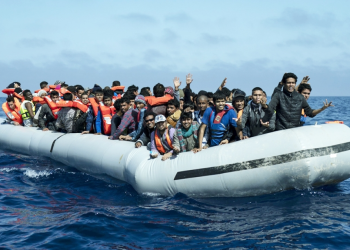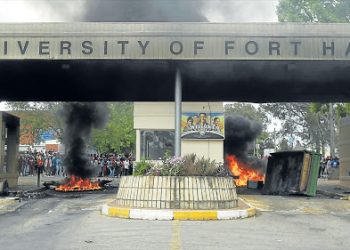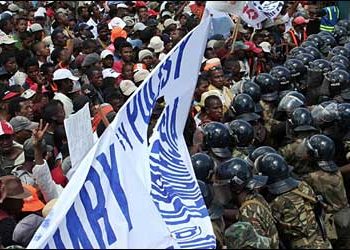Dozens of Hippos Dead After Anthrax Outbreak in DR Congo’s Virunga National Park
An outbreak of anthrax has killed at least 50 hippos in the Virunga National Park, located in eastern Democratic Republic of Congo, park officials confirmed on Tuesday.
Photos released by park authorities show the lifeless bodies of hippos drifting in the Ishasha River, a waterway that flows north to Lake Edward. More dead animals have been reported along its course.
The director of Virunga, Emmanuel de Merode, said that tests had confirmed anthrax as the cause of death. However, recovering and safely burying the infected carcasses has been challenging due to the lack of equipment and poor access to the remote terrain.
“We have no excavators and logistics are limited,” de Merode told Reuters. “But we’re using caustic soda to bury the bodies and contain the outbreak.”
What Caused the Outbreak?
Anthrax is caused by the Bacillus anthracis bacterium, which can survive in soil for years in the form of resilient spores. It typically infects animals through ingestion, cuts, or inhalation, especially during dry seasons or droughts when animals graze closer to the ground.
While the infection is not easily transmissible, large animal populations can quickly succumb once the spores are active in the environment.
Public Health Concerns and Warnings
The Congolese Institute for the Conservation of Nature (ICCN) has urged local communities to stay away from wildlife and to boil water from rivers and streams before drinking, as a precautionary measure.
The situation is alarming given the ecological importance of Virunga, a UNESCO World Heritage Site home to over 1,000 hippos and a third of the world’s mountain gorilla population.
A Park Under Pressure
Spanning 7,800 sq km (3,000 sq miles), Virunga is one of Africa’s oldest and most biodiverse national parks, but also among its most dangerous. It has long been at the center of armed conflict, poaching, and illegal resource extraction.
Efforts to restore Virunga’s hippo population have been ongoing for decades after numbers plummeted from 20,000 to just a few hundred due to war and wildlife crime.
Conservation Amid Crisis
The anthrax outbreak adds another layer of crisis to a park already strained by ongoing battles between rebel groups and government forces, as well as a high risk to the rangers who protect its wildlife—many of whom have paid the ultimate price.













